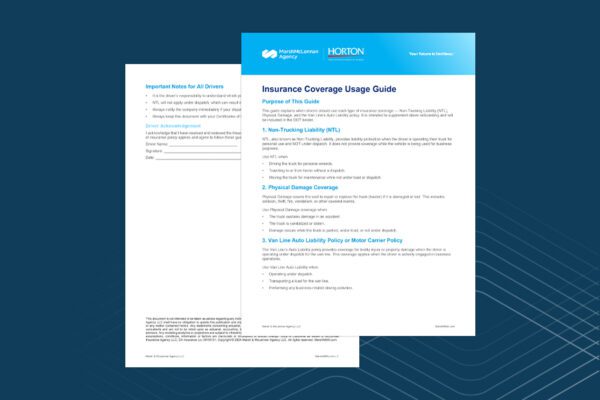There’s a variety of safety and potential health exposures for construction employers like you to consider at the job site, including falls from height, electrocution hazards and struck-by incidents, to name a few. Yet, one concern that often gets overlooked is employees’ mental well-being. New research found that over 80% of construction workers have felt stressed on the job, while 60% of employees within the sector reported suffering from mental health issues (e.g., depression and anxiety). What’s worse, these concerns have likely been heightened by the ongoing COVID-19 pandemic, as construction employees have had to work strenuously to complete projects amid a range of supply shortages and economic uncertainty.
- Establish a supportive environment. Job-related stress can often stem from issues such as role ambiguity and excessive workloads. As such, it’s important to take steps to prevent these stressors from impacting your employees’ mental well-being. Be sure to set clear expectations for each position so that workers fully understand their job responsibilities. Additionally, make it a priority to assign realistic workloads and adjust them as needed to keep employees from getting overwhelmed. Further, provide workers with adequate breaks throughout the day to let them step away from the demands of their job.
- Encourage open communication. Despite the prevalence of mental health issues in the construction industry, just one-third of employees reported that they would feel comfortable sharing these concerns with their employer. Workers’ reasons for not voicing such concerns included fear of embarrassment and worries that doing so would negatively affect their careers. These findings highlight how vital it is to destigmatize the topic of mental health. As an employer, make it clear to your employees that you value their mental well-being. Foster a culture of open communication by scheduling regular, individual check-ins with employees to discuss job stressors and related concerns. Also, consider introducing various mental health initiatives on-site, such as showing a presentation on healthy coping mechanisms or having a guest speaker share their perspective.
- Provide additional resources. Make sure to offer plenty of external mental health resources to employees—including the Centers for Disease Control and Prevention’s virtual tools and the Substance Abuse and Mental Health Services Administration’s national helpline (1-800-662-HELP (4357). Encourage employees to consult a mental health professional for further assistance.
Material posted on this website is for informational purposes only and does not constitute a legal opinion or medical advice. Contact your legal representative or medical professional for information specific to your legal or medical needs.


